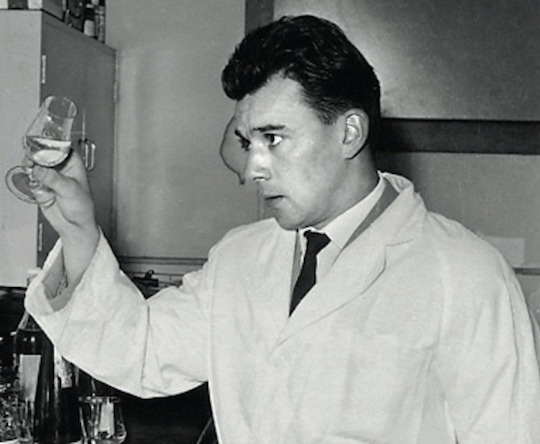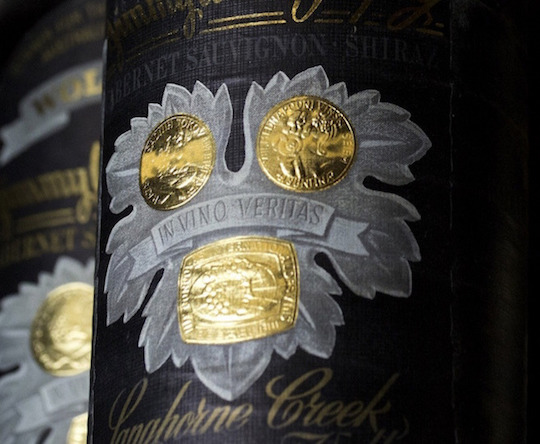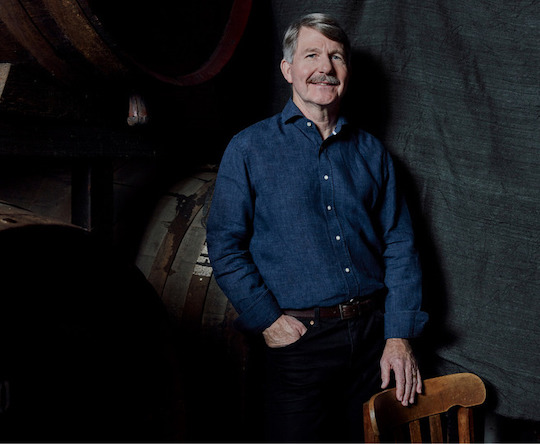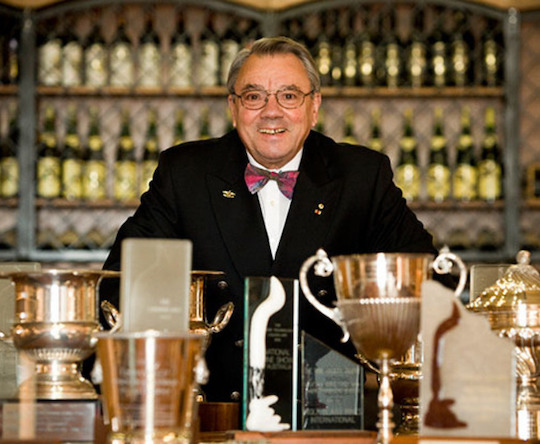Chasing excellence since 1966
You confirm you are aged 18 years or over, are of legal drinking age and that any purchases you make will be for personal use only. By selecting the “Remember Me” option, you consent to us using cookies to remember the validation of your year of birth. See our Privacy Policy for information on how we handle your personal information.



